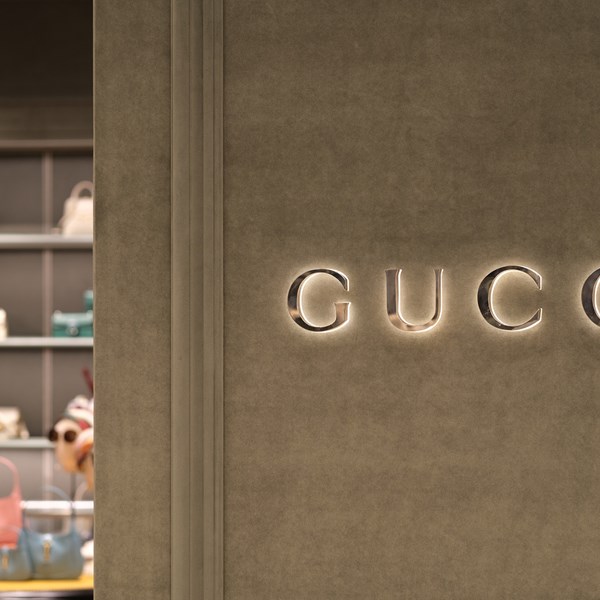In 2019, the IP community was captivated by a High Court judgment which told the unique story of how a Florida inventor, Mr Berardi, developed a new, expandable garden hose in his back garden, which he later patented.
E Mishan & Sons (“Emsom”), licensee of the two relevant patents, brought an infringement claim against rival hose manufacturer Hozelock Ltd (“Hozelock”), only to have the licensed patents invalidated for obviousness.
Following the first instance decision in the case, the notion of what constitutes a public disclosure generated considerable debate among IP practitioners. Further debate on the issue now seems inevitable in light of Emsom’s appeal, which once again failed to show that the licensed patents in question were inventive.
BACKGROUND
It is well established that the Court of Appeal should not interfere with a first instance decision, in the absence of an error of law or principle. Here, the Court was not persuaded that any such error had been made, finding that the patents were invalid for obviousness and dismissed the appeal by a majority of 2-1.
Interestingly, Lord Justice Floyd gave a powerful dissenting judgment disagreeing with the conclusions of Lord Justices Arnold and Henderson, stating that he would have allowed the appeal.
The patents, which claim expandable garden hoses that are compact when empty but expand in length when filled with water, were found to be obvious in light of US Patent Application No. 2003/0000530 ("McDonald").
McDonald disclosed a self-elongating oxygen hose for stowable aviation crew oxygen masks. The inventive feature of the assembly was deemed to be the self-elongating hose which axially expands when pressurised – a very similar disclosure in a very different subject area.
THE FACTS AND ARGUMENTS
Emsom’s appeal was founded on the lower Court having made two alleged errors of principle. Firstly, by conducting hindsight-based analysis and, secondly, by failing to have proper regard for the commercial success of the invention when assessing obviousness.
Lord Justices Arnold and Henderson disagreed with counsel’s submissions on each of the above points and, after a thorough review of the judge’s reasoning, found that he had been entitled to reach the conclusions he had. In contrast, Lord Justice Floyd considered that the High Court judge had, indeed, been tainted by hindsight.
JUDGMENT
Lord justice Arnold rejected each of Emsom’s contentions relating to hindsight, agreeing with the following findings of the lower Court:
- The skilled person would take an interest in McDonald, in spite of its proposed use in a very different field. Arnold LJ noted that the evidence before the judge demonstrated that a hose of a particular structure is frequently used for multiple applications.
- There was an overlap between the problem addressed by McDonald and the claimed invention, which was that the retracting hose would save space.
- Though garden hose designs had not changed for many years, Arnold LJ was not convinced that there was evidence suggesting prejudice in the industry towards innovation.
Arnold LJ also rejected Emsom’s submissions that the skilled person would find McDonald confusing (this confusion, Emsom asserted, derived from a lack of detail on the hose specification). He further dismissed the notion that the success of the XHose product (developed under the patents by Emsom) was not given enough weight. Specifically, in the absence of evidence that anyone in the hose industry knew of McDonald, evidence of commercial success did not assist in showing that the invention was inventive over that piece of prior art.
DISSENTING OPINION
Lord Justice Floyd dissented, and for his part would have allowed the appeal. Floyd LJ thought the High Court judge made a number of fundamental errors in arriving at his conclusion on obviousness, as summarised below:
- The High Court judge treated McDonald’s assembly as an “existing machine”, as opposed to a mere paper proposal; which would have been reviewed with scepticism by the relevant skilled person. The evidence of both experts was that they could not fully understand how McDonald was supposed to work and therefore reliance on the paper, was suggestive of the use of hindsight.
- The skilled person would have noted a number of flaws in McDonald and conclude that it was not well thought out.
- The idea that that the notional, unimaginative skilled person with an interest in the industry would seize on an untested proposal from a "very particular and very distant field" was unrealistic when no ideas (even practical ones) appeared to have been transposed for many decades.
- The High Court judge’s focus on space-saving advantages was infected by hindsight. The common general knowledge showed that hoses in existence had addressed this problem. Space saving, therefore, would not be incentive enough for a radical new design.
IMPLICATIONS
The presence of a split decision between such highly experienced Justices highlights the practical difficulties in assessing obviousness at the priority date.
Arnold LJ’s obviousness finding is compelling in its simplicity, a conclusion that he reached with sympathy for the patentee, but justified by the public policy considerations which limit a patent monopoly.
Floyd LJ’s opinion exposed deep and complex issues associated with the English Court’s approach to assessing obviousness, and to which practitioners should have regard when preparing their cases. Firstly, it is imperative to evaluate the mindset of the skilled person objectively, to avoid hindsight. Particular care has to be taken when preparing an expert witness’s evidence in chief, to prevent such evidence being tainted before the court. This is often achieved using the ‘sequential unmasking’ technique, first asking about the common general knowledge, then disclosing the prior art and capturing views on obviousness, before disclosing the patent in suit.
It is also important for parties to consider the full context of their arguments. Here, the problems the Xhose purported to solve (in Floyd LJ’s mind) delivered three advantages in combination: space saving, lightness and no kinking; where McDonald’s only relevant advantage was to save space. The reasons why, and extent to which, the skilled person would have been interested in the prior art can be a case winning argument, and once which merits considerable attention in a party’s evidence and submissions.







